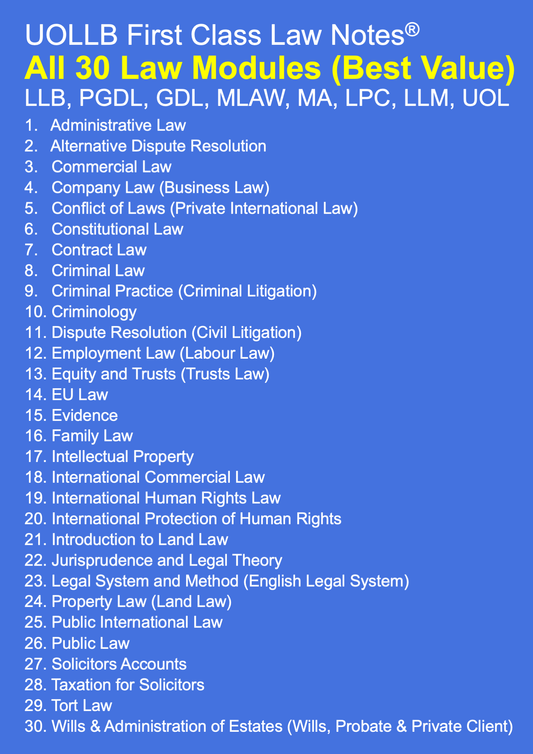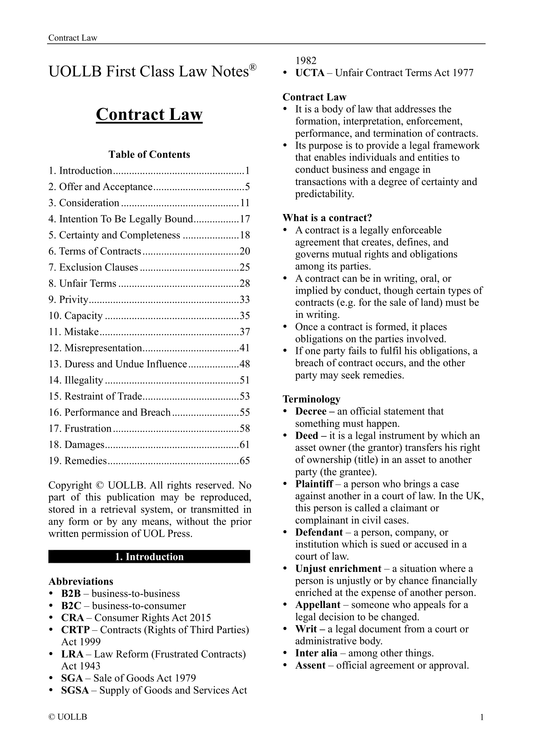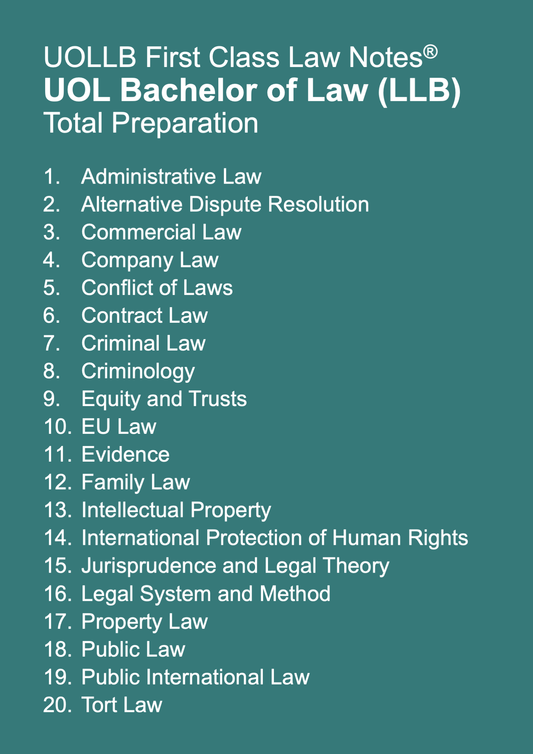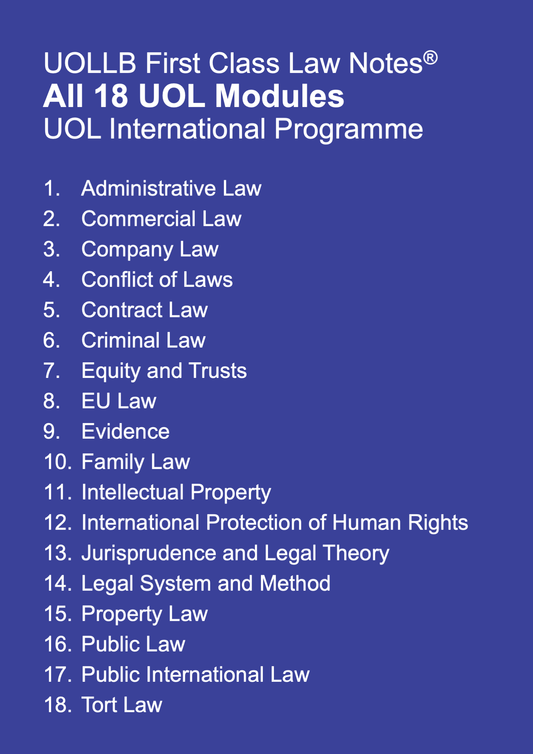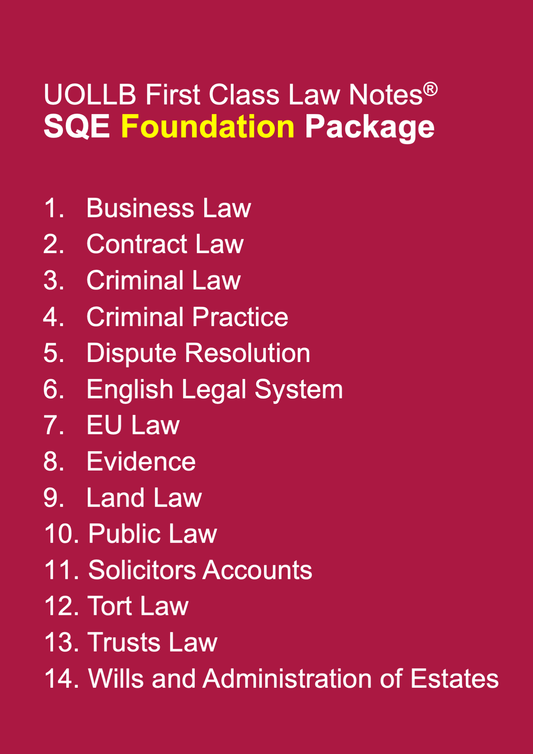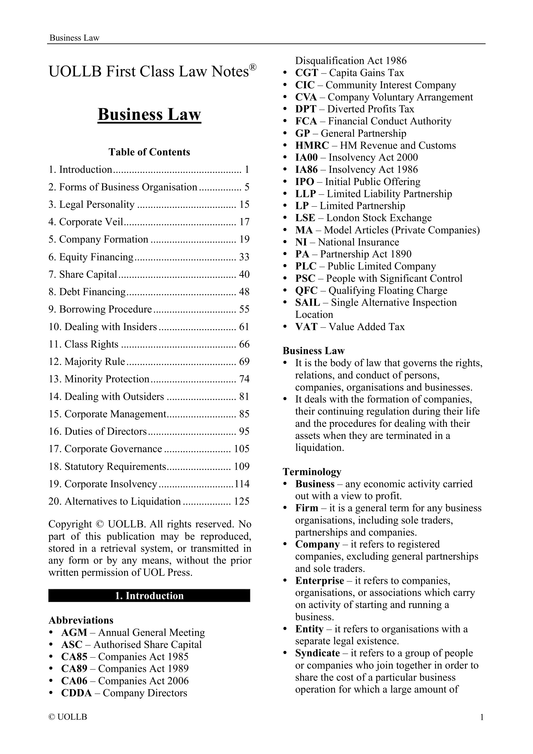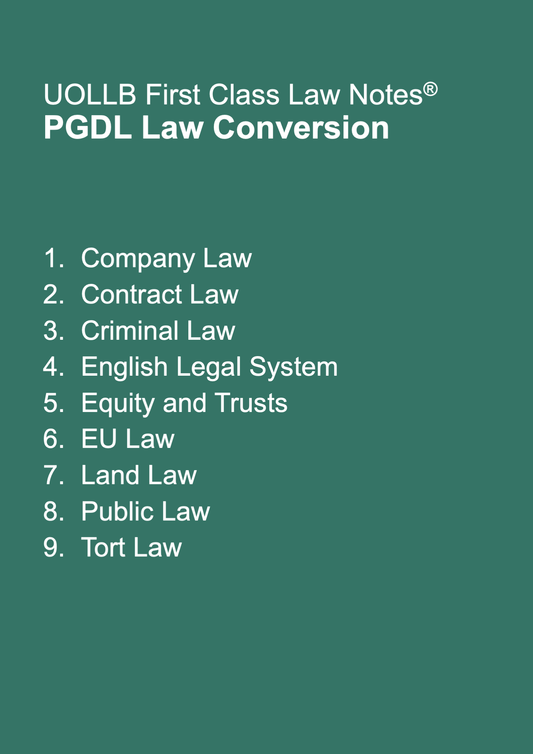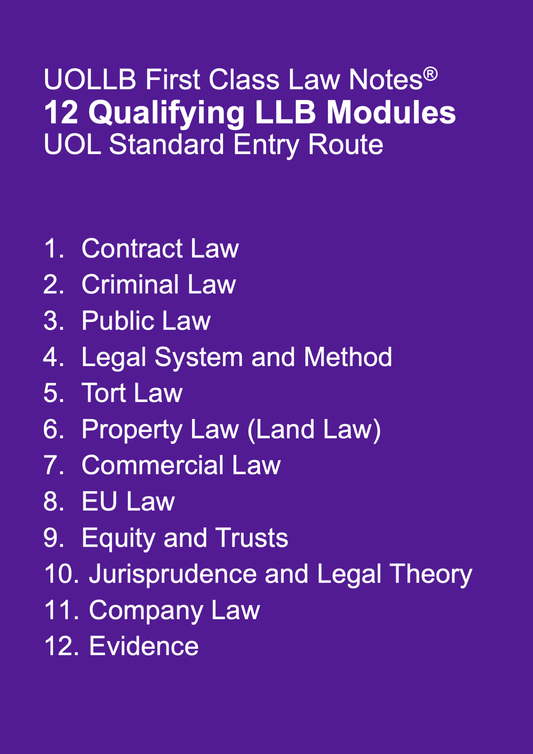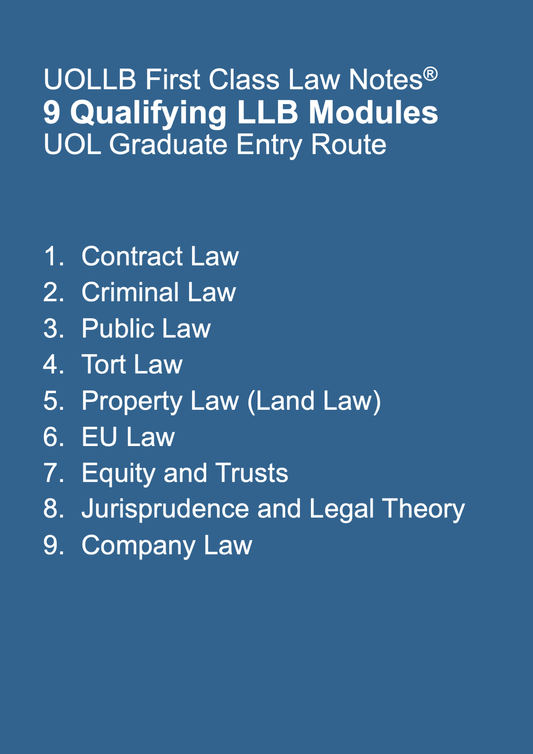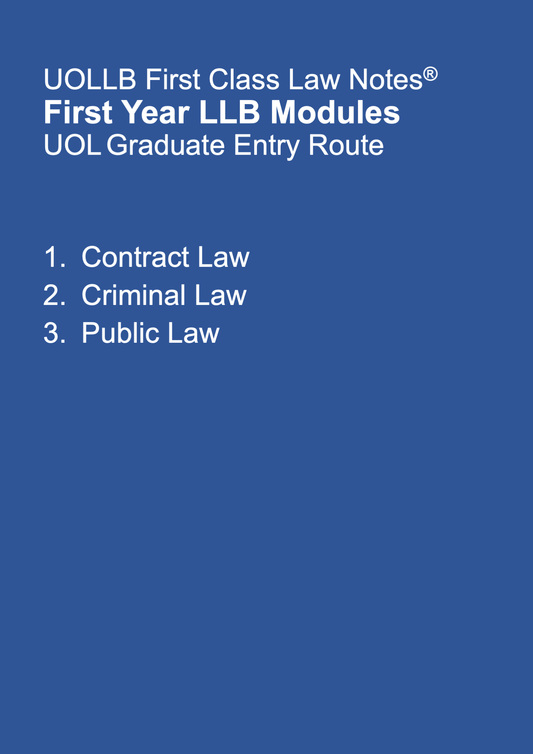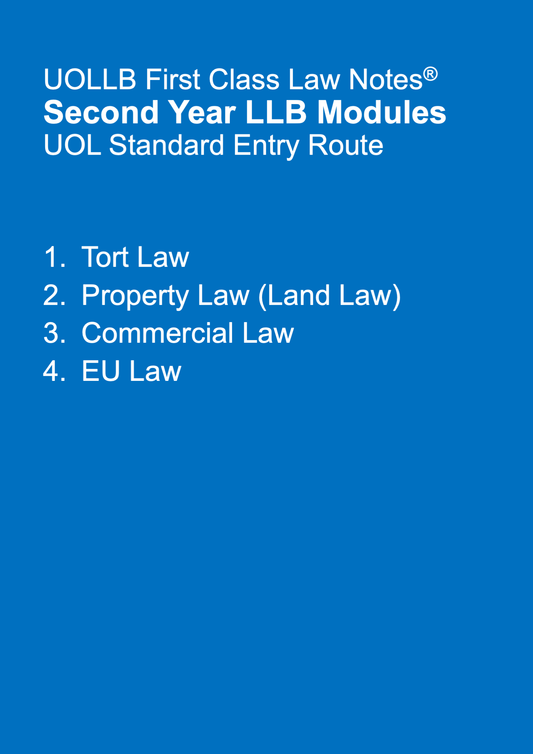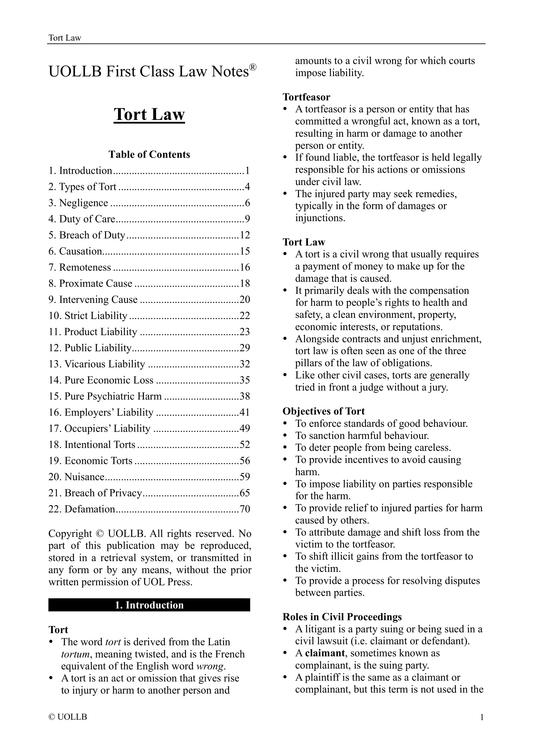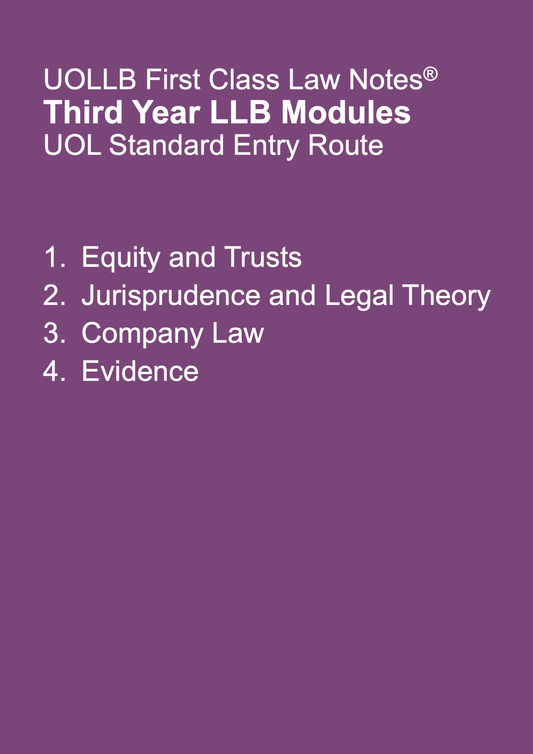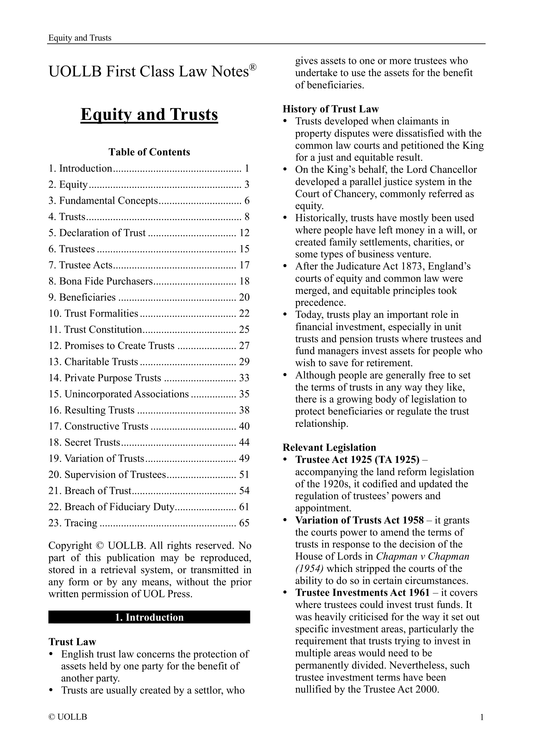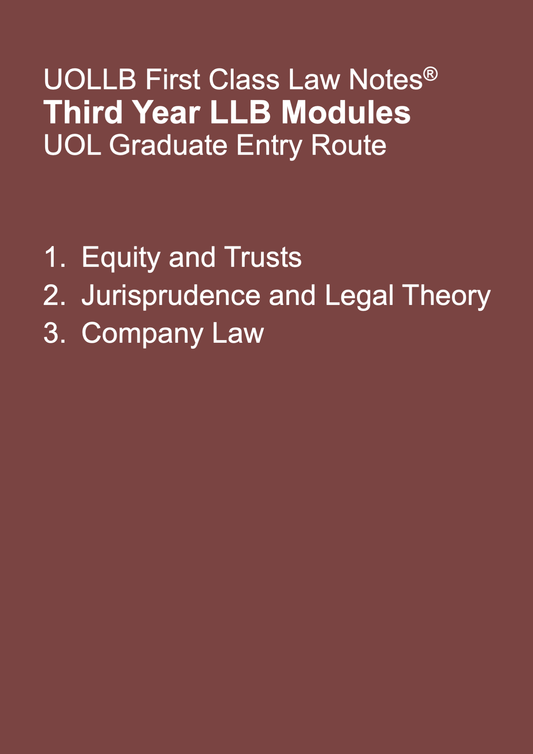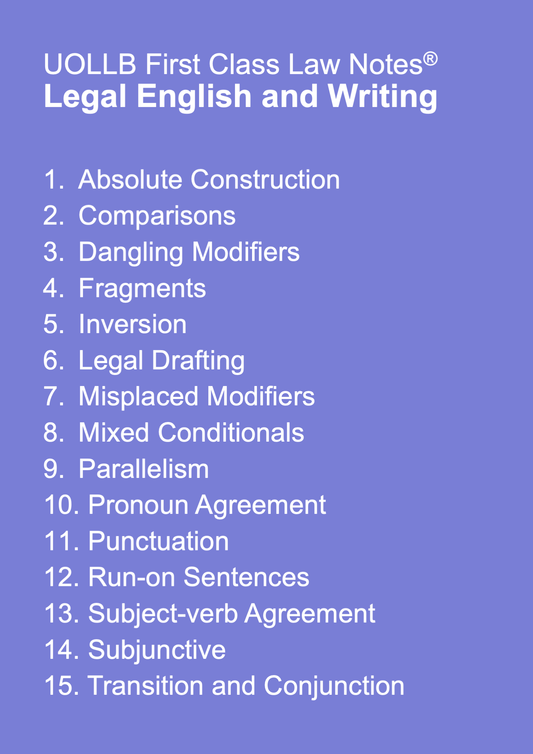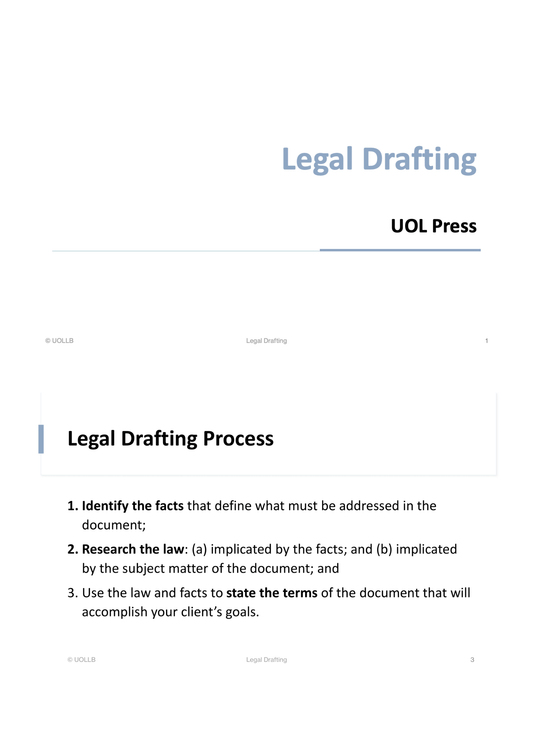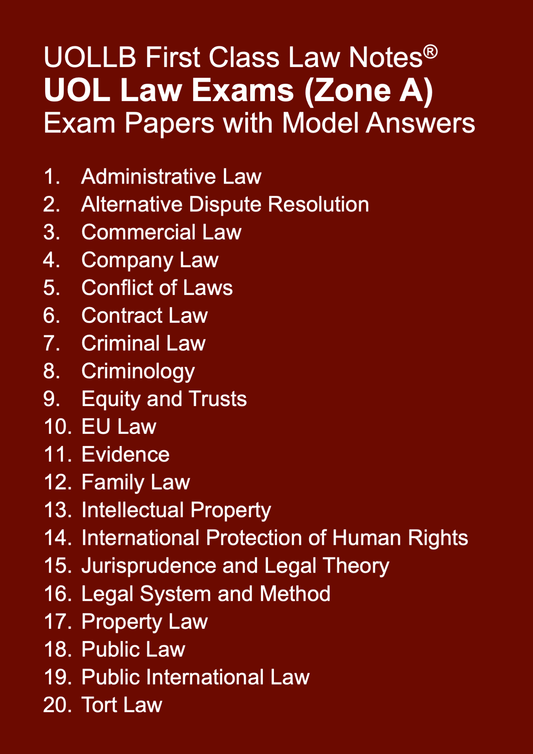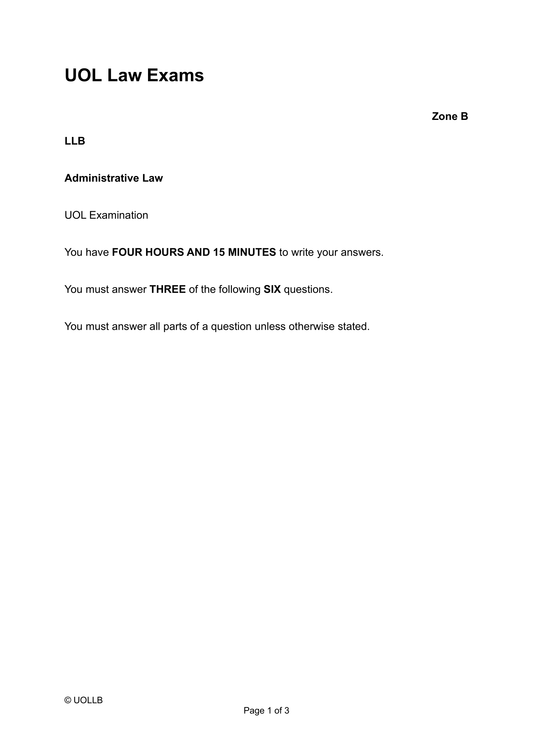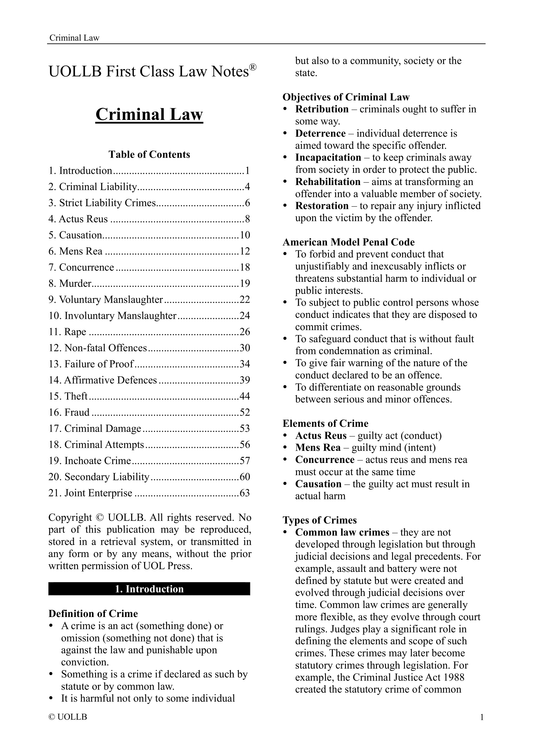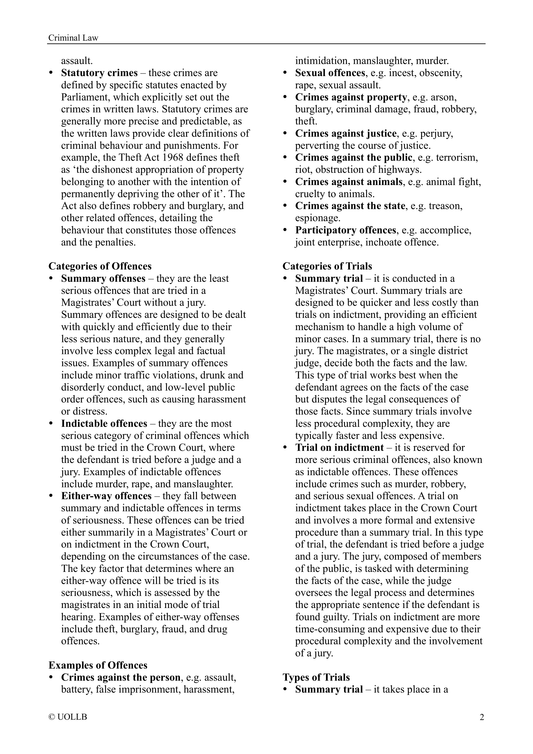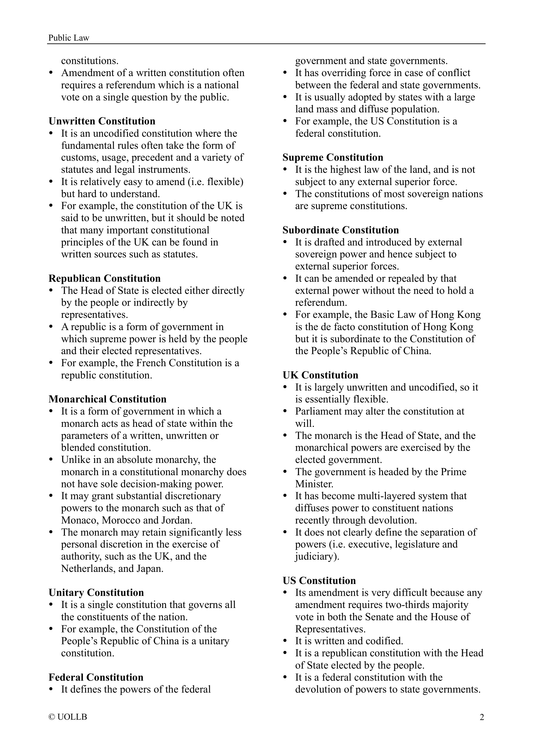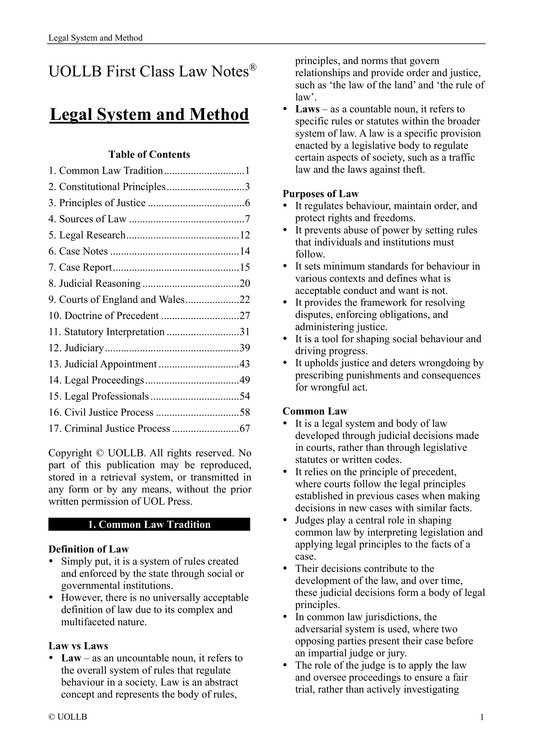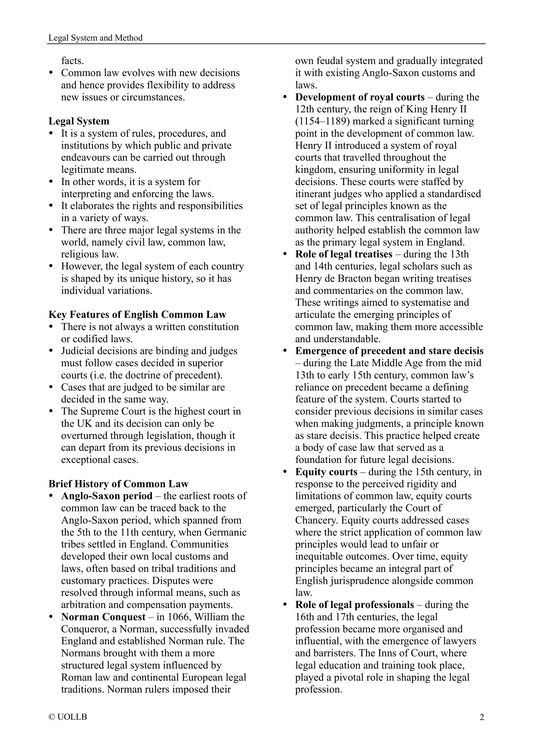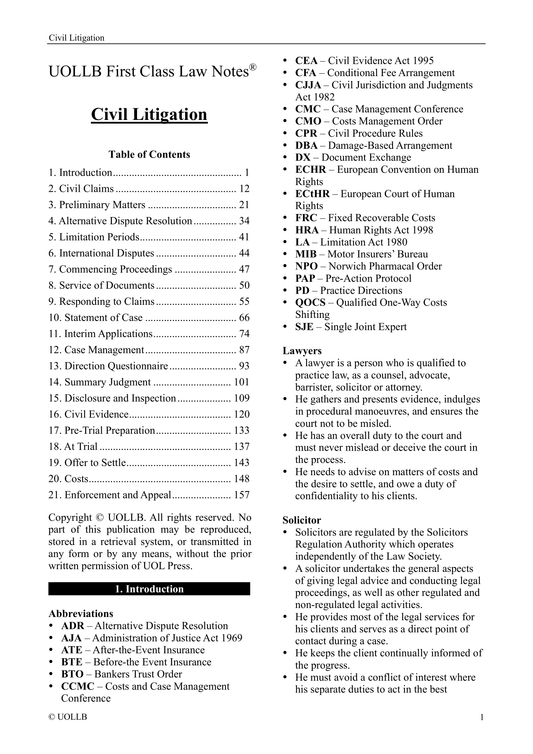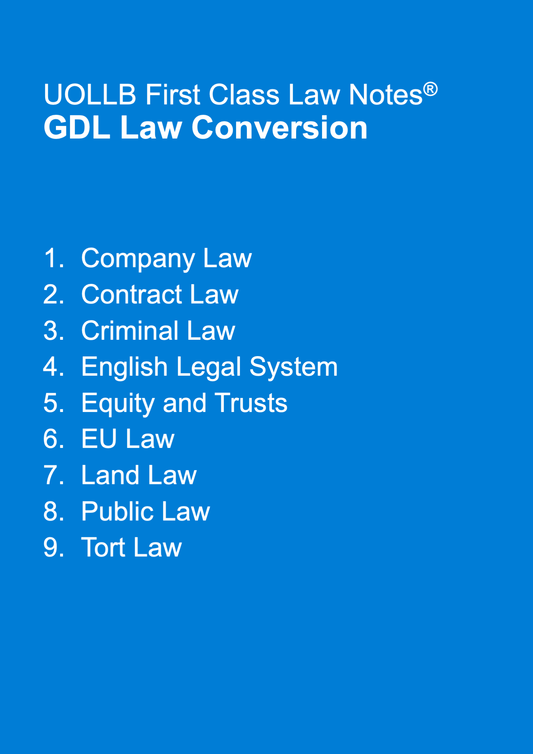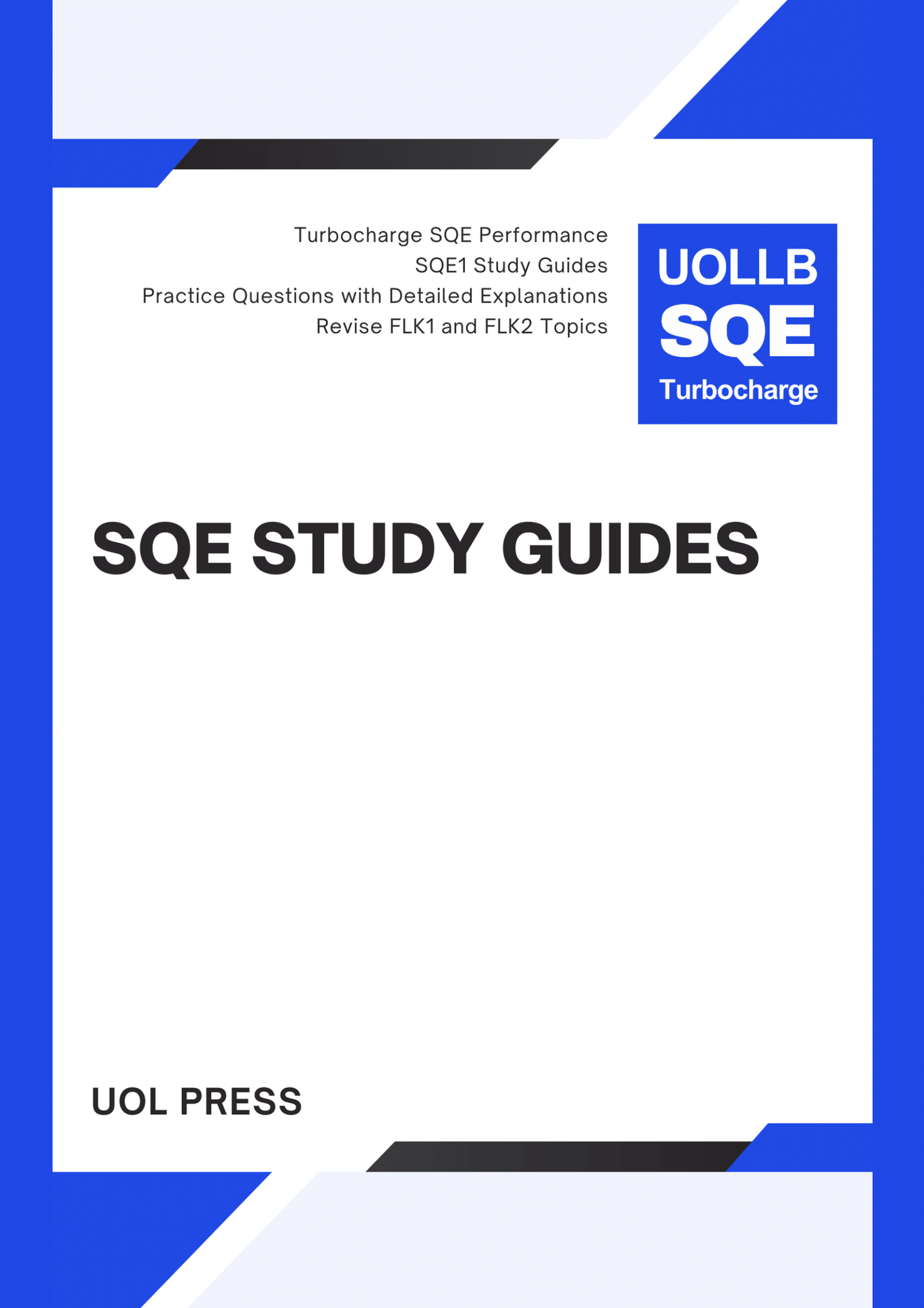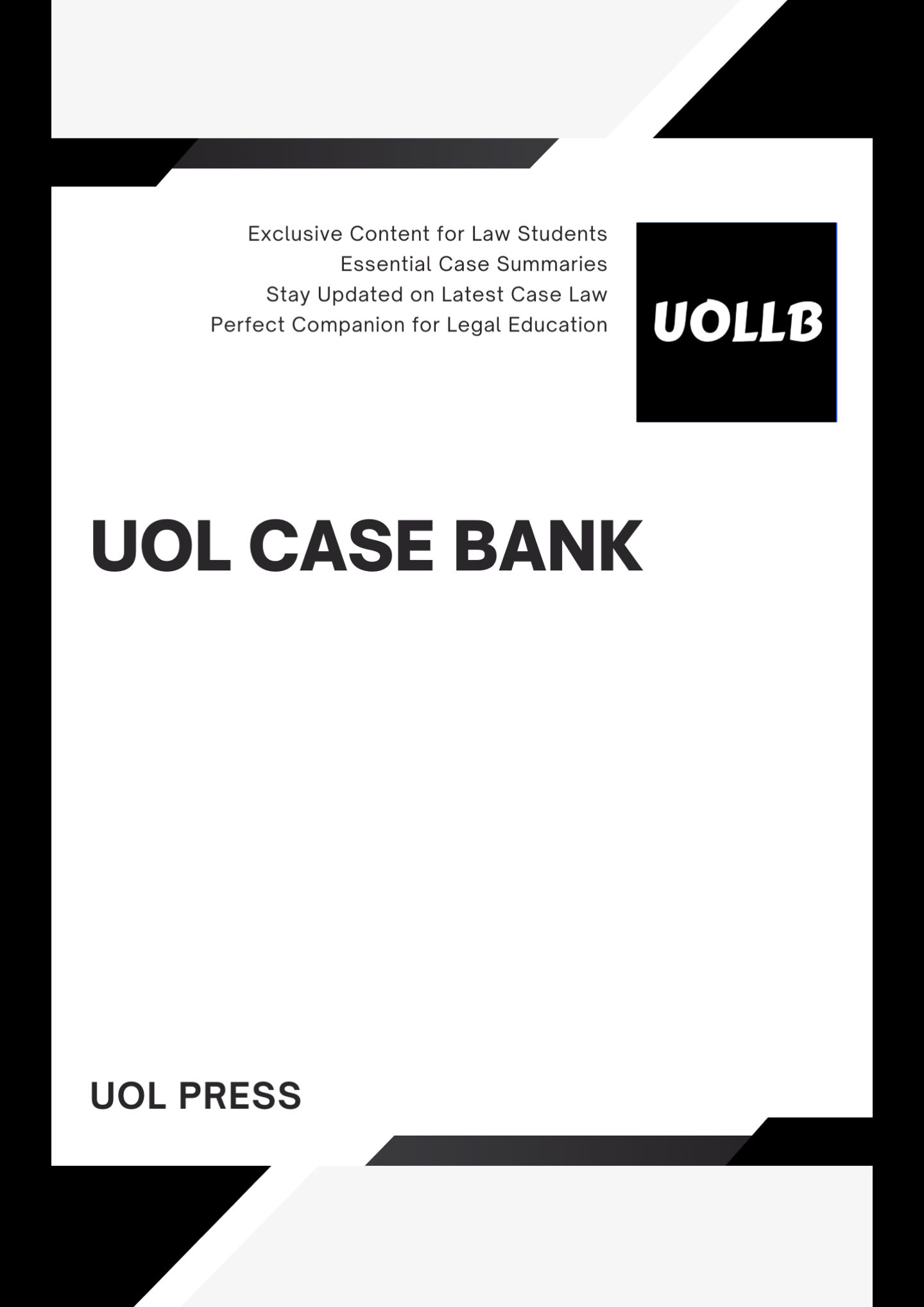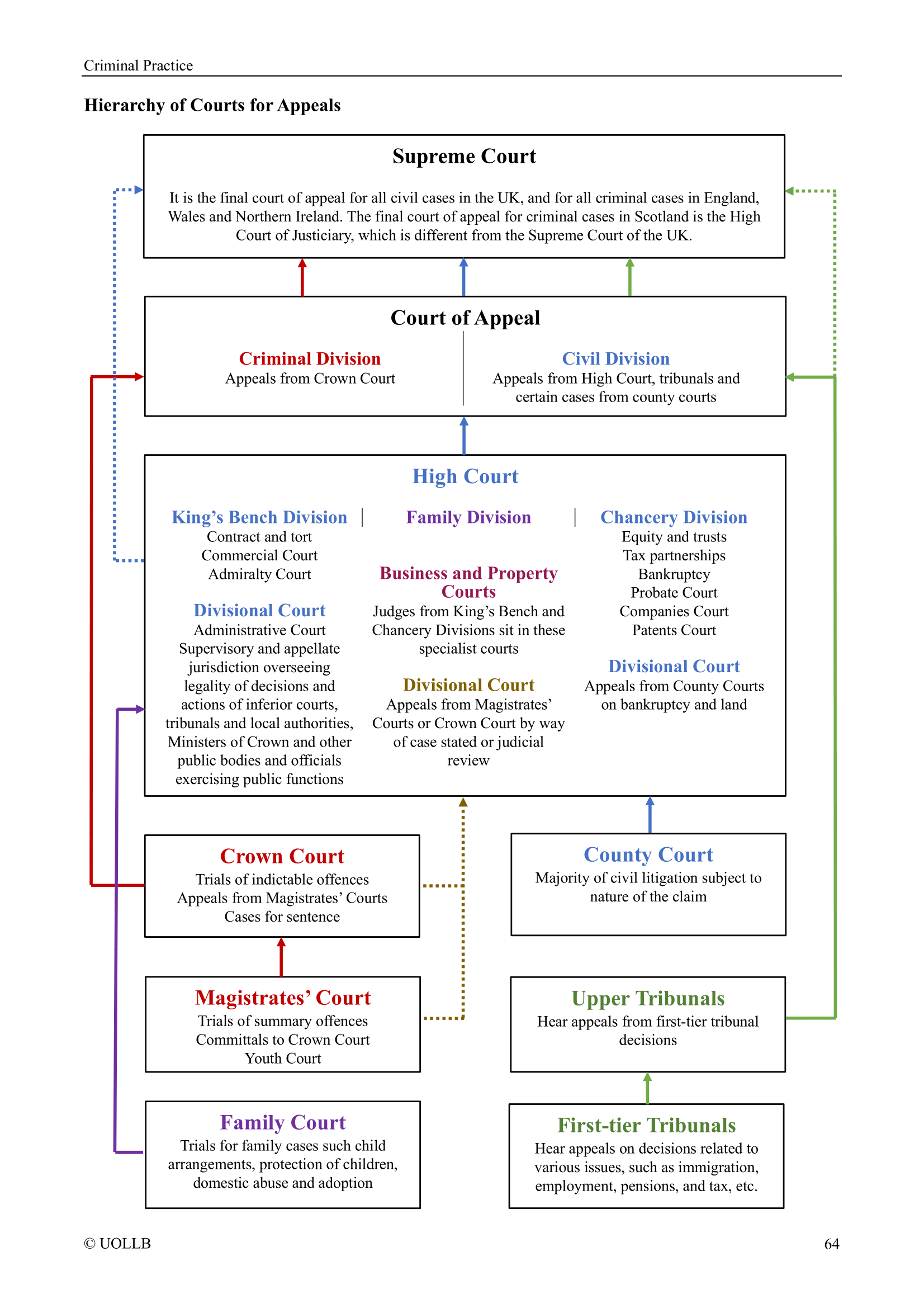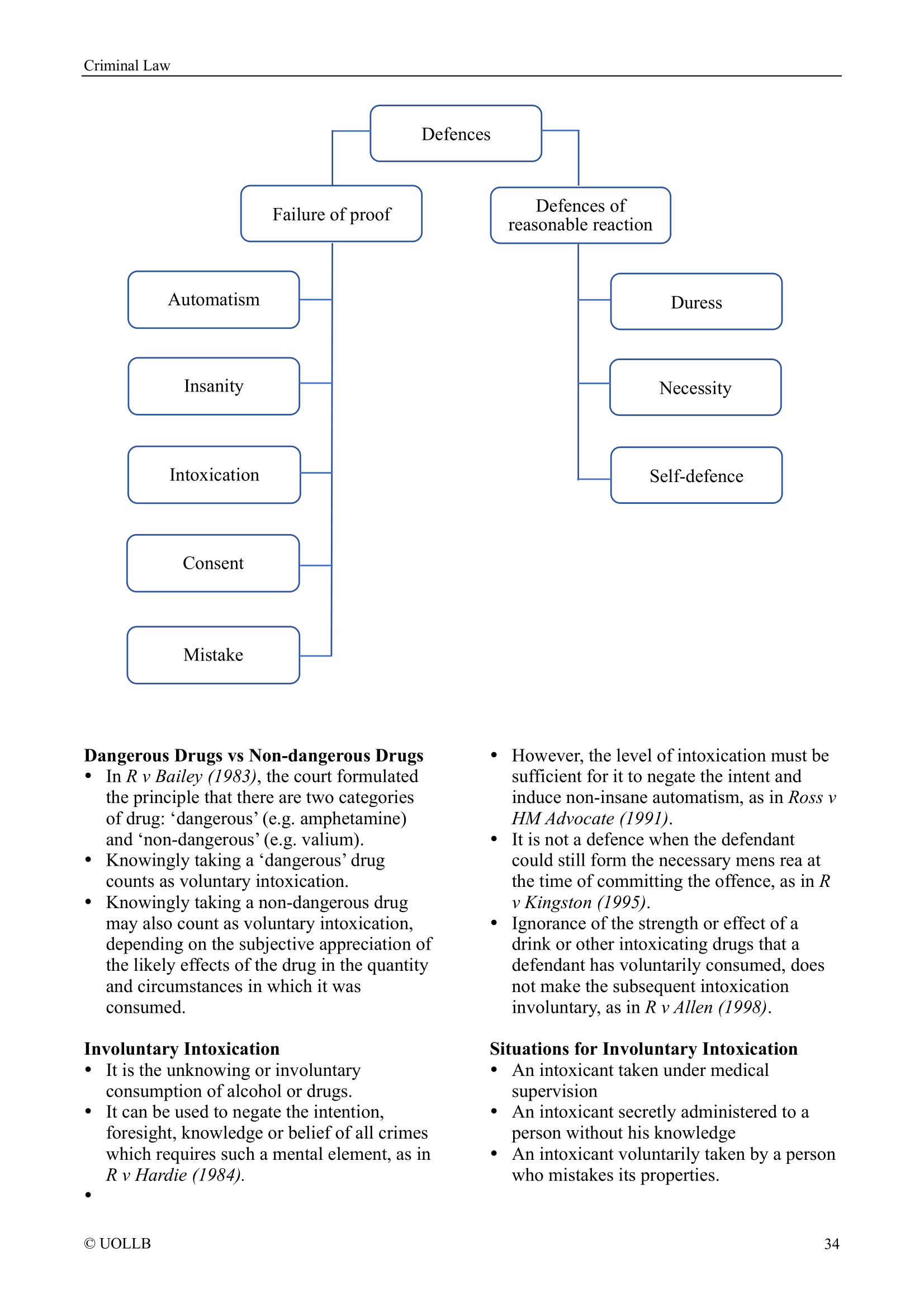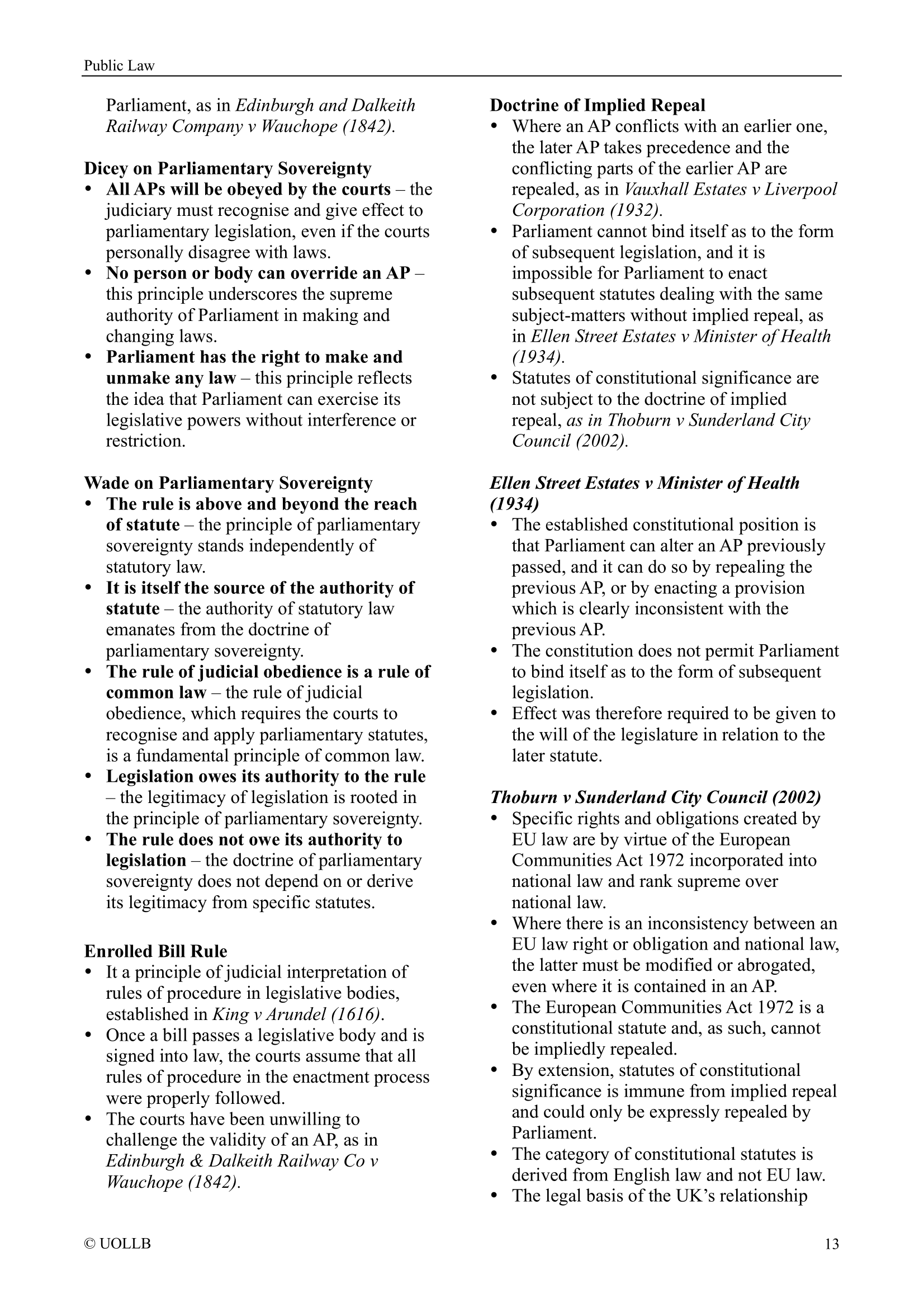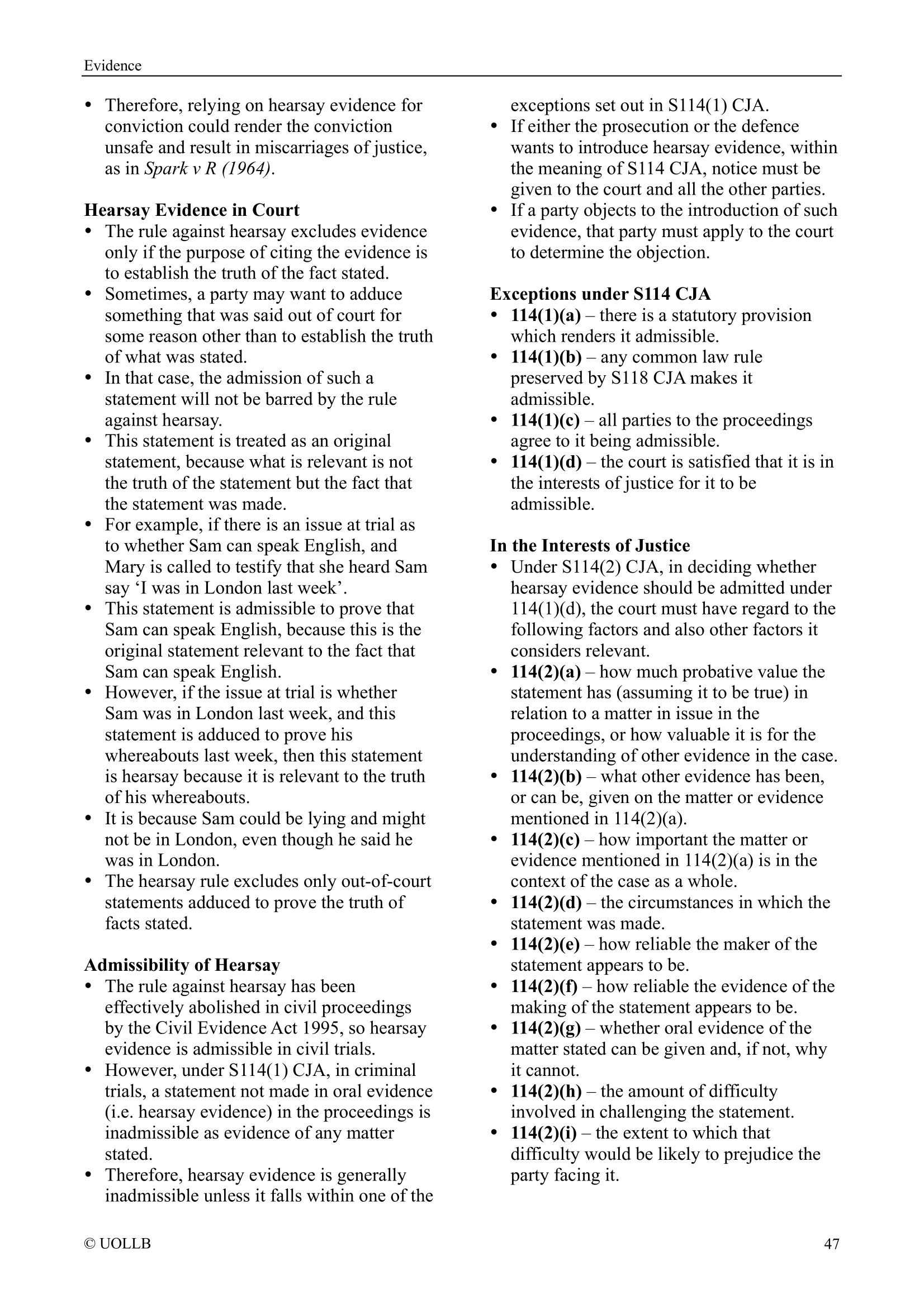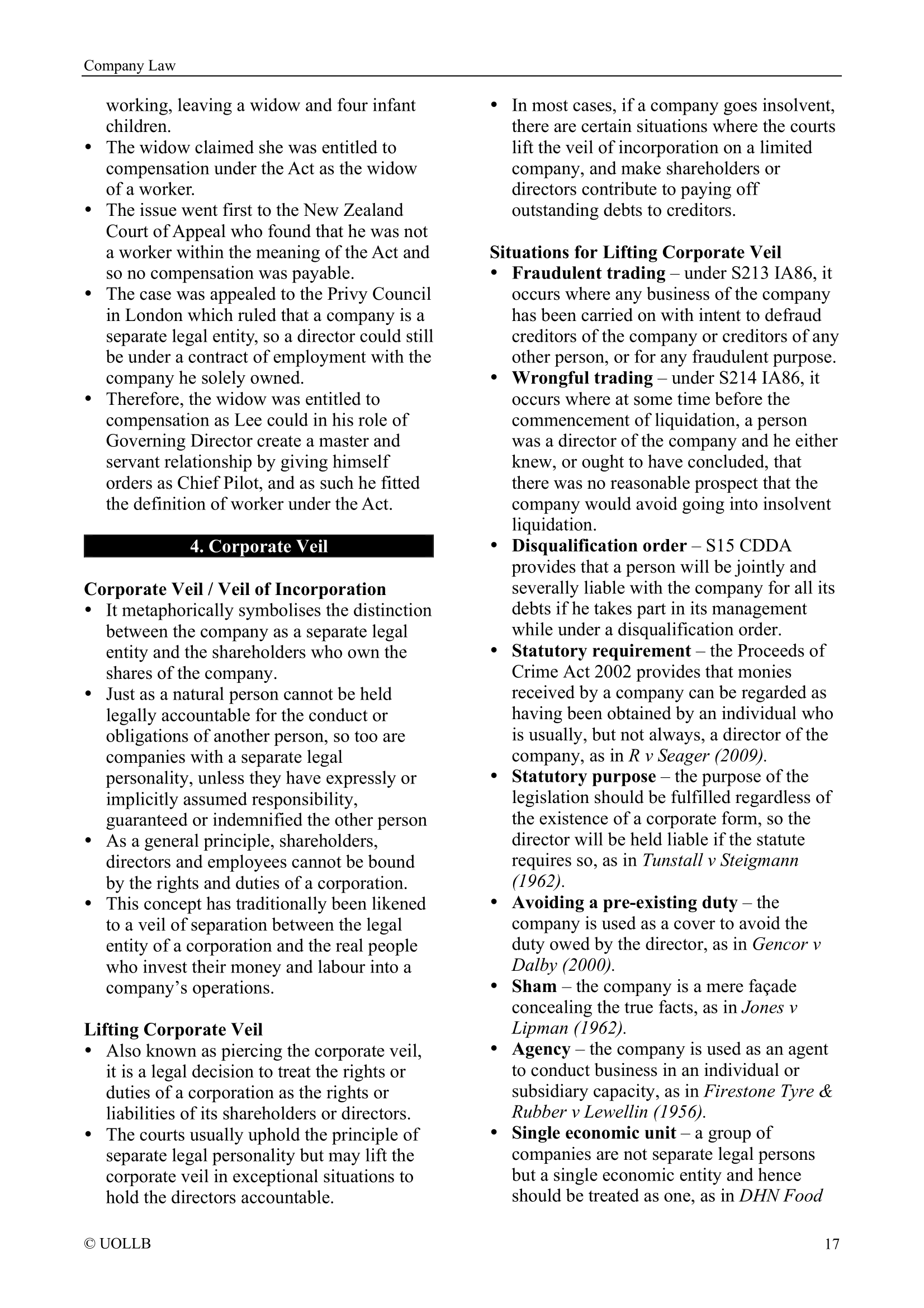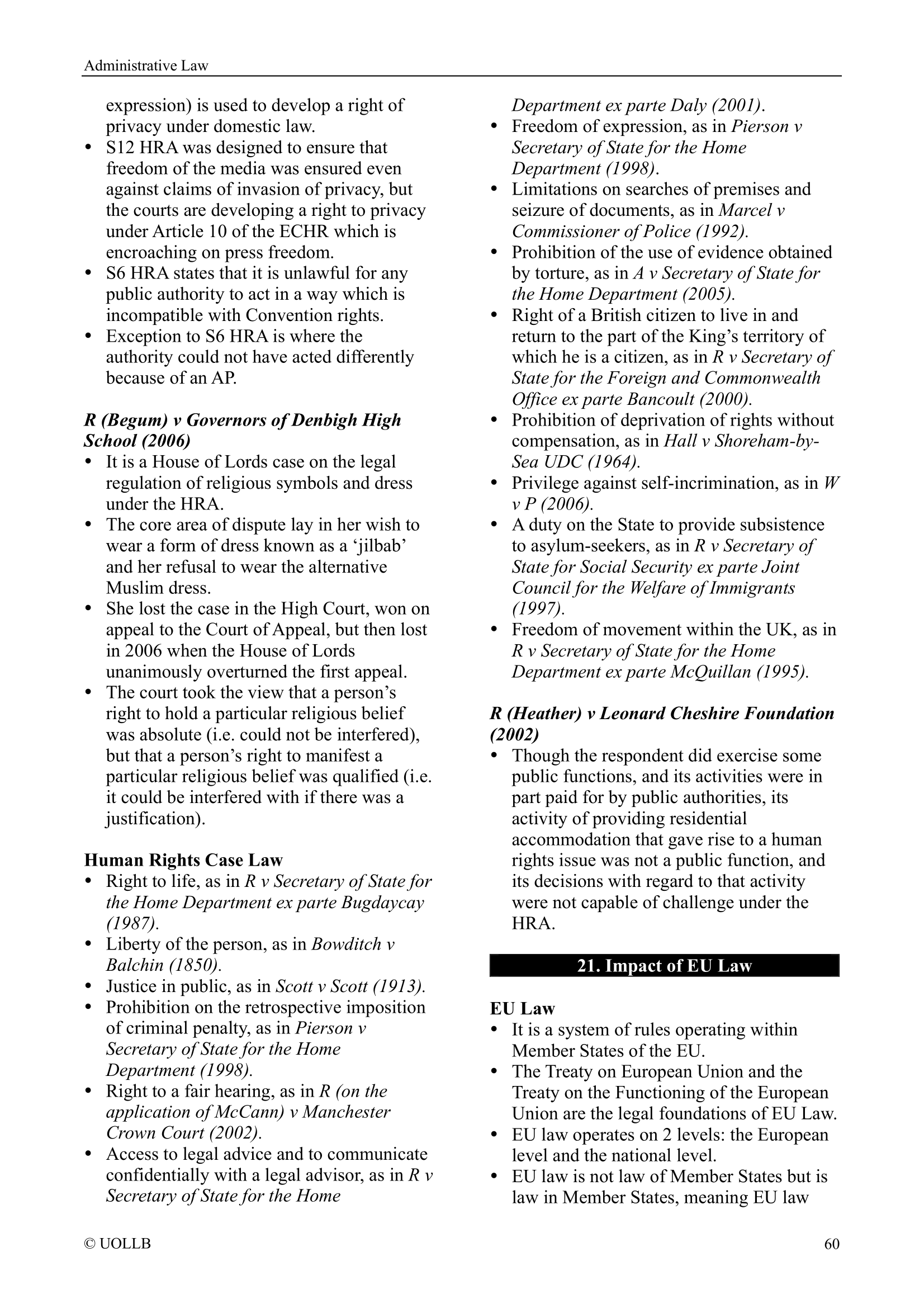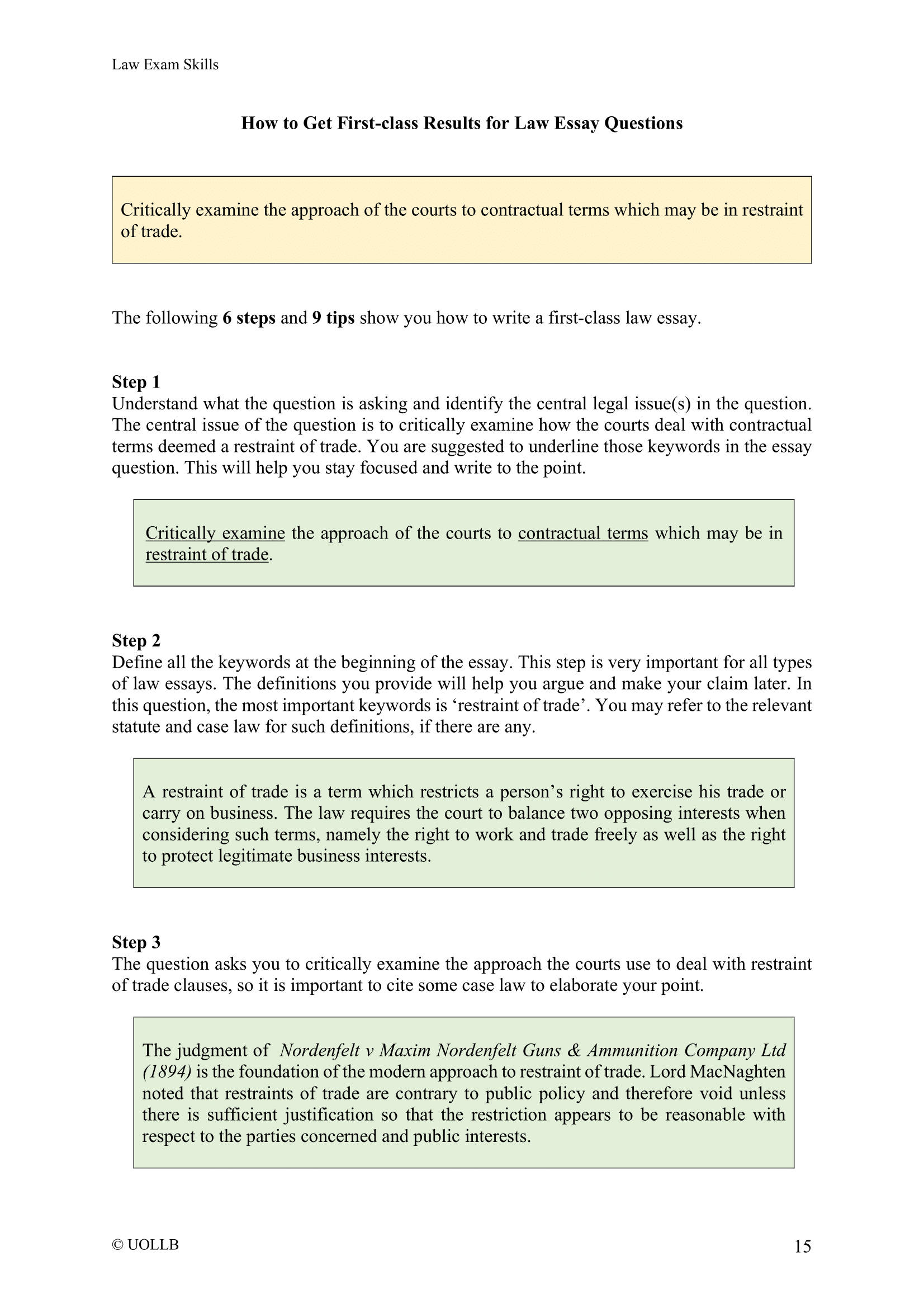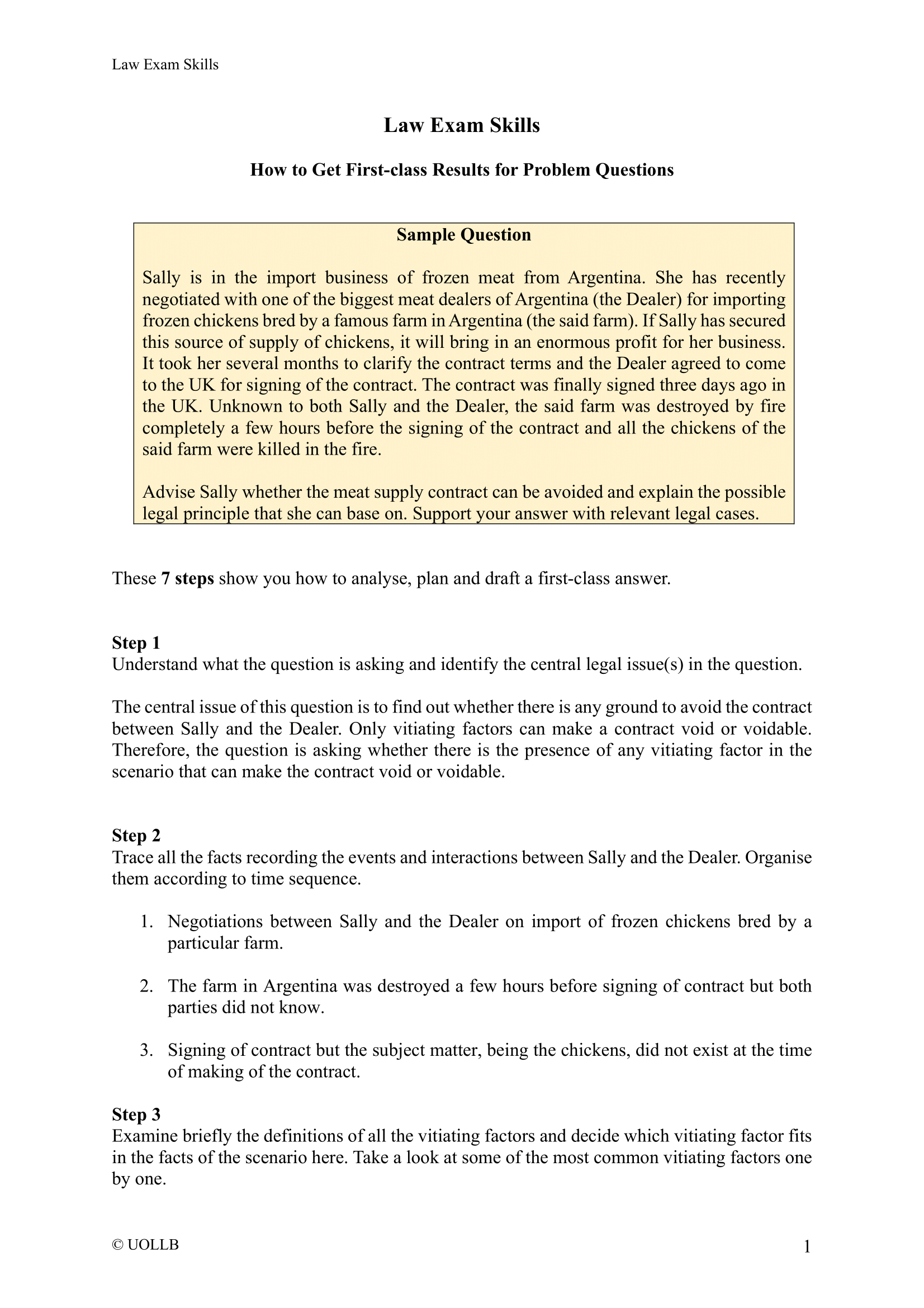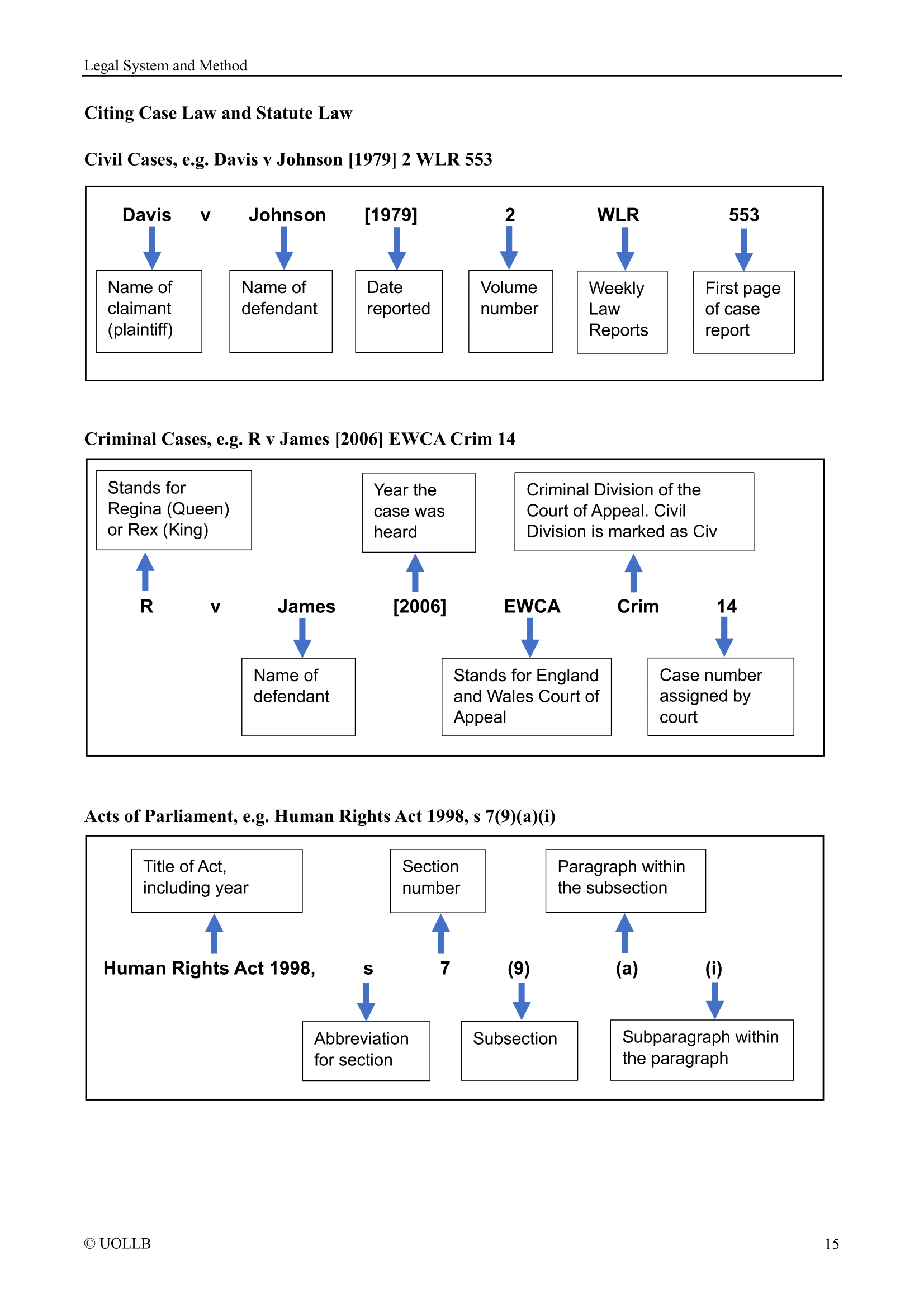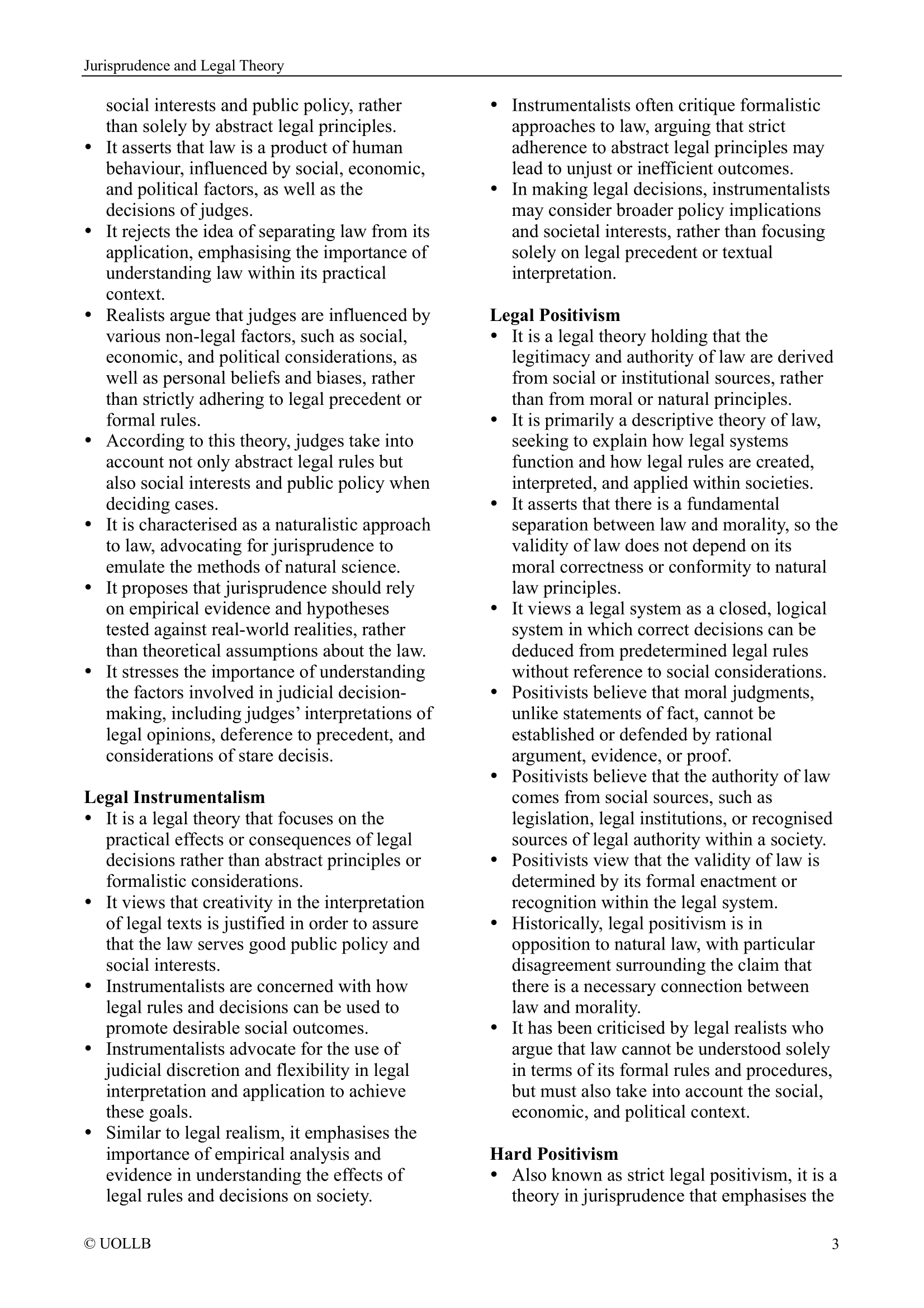Adams v Lindsell [1818]
Share
Adams v Lindsell [1818] 1 B & Ald 681 is a pivotal English contract law case that played a foundational role in establishing the postal rule or mailbox rule. This rule addresses the timing of acceptance in contractual offers sent through the mail.
In this case, the defendants, Lindsell, wrote to the plaintiffs, Adams, offering to sell a quantity of wool. The defendants specified that they required a response by post. Due to a misdirection, the plaintiffs received the offer late on September 5th. Subsequently, the plaintiffs promptly posted their acceptance the same day. However, the acceptance was not received by the defendants until September 9th. Meanwhile, on September 8th, the defendants, not having received the expected response, sold the wool to another buyer. The central issue was whether a binding contract was formed when the plaintiffs posted their acceptance or if it only occurred upon the defendants' actual receipt of the acceptance.
Justice Law, in delivering the judgment, rejected the argument that a binding contract required the actual receipt of the acceptance. He reasoned that it would be impractical to insist on waiting for the offeror to receive confirmation of acceptance, as it would lead to indefinite delays in contract formation through postal communication. Law J emphasised that the offeror was making the offer during every moment the letter was in the post.
Therefore, according to Law J, when the plaintiffs posted their acceptance, there was a meeting of minds that concluded the offer and gave effect to the acceptance. Despite the acceptance not strictly arriving in the course of post (as parties understood it to refer to September 7th), the delay was attributed to the defendant's fault, and the acceptance was considered to have arrived in the course of post.
This case laid the foundation for the postal rule. The decision established the principle that, when acceptance is communicated by post, it is effective upon posting, even if it has not been received by the offeror. This principle has become a fundamental aspect of contract law, facilitating the efficient formation of contracts in situations involving postal communication. While the case was crucial, it was not until Henthorn v Fraser [1892] that the precise timing of acceptance was firmly held to be the time at which the letter was posted.
